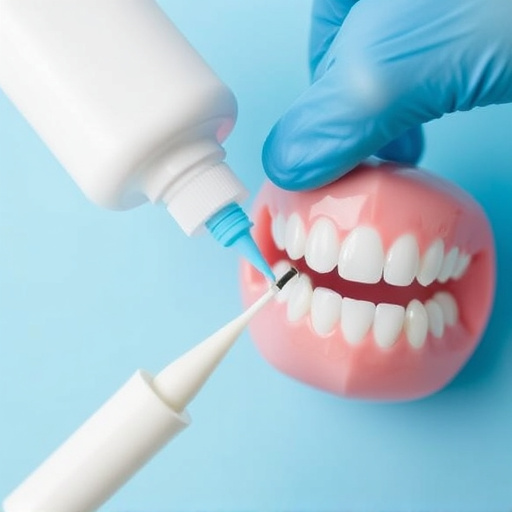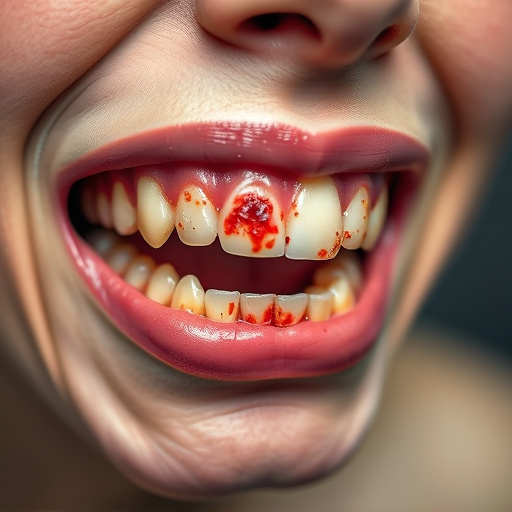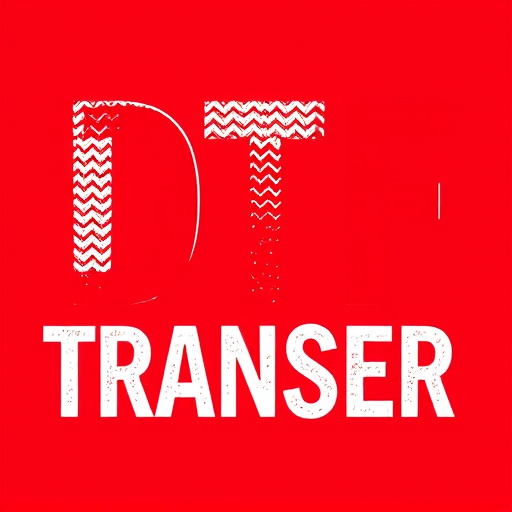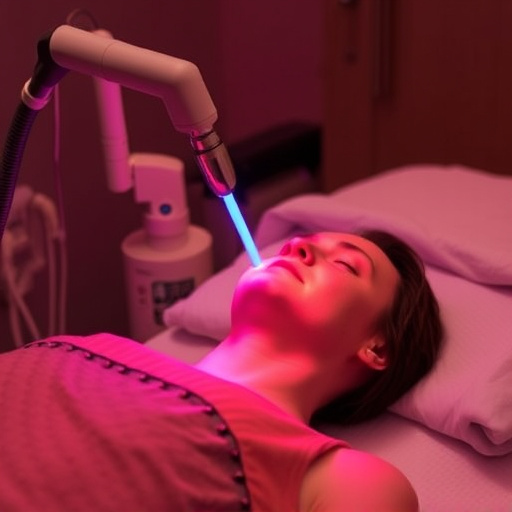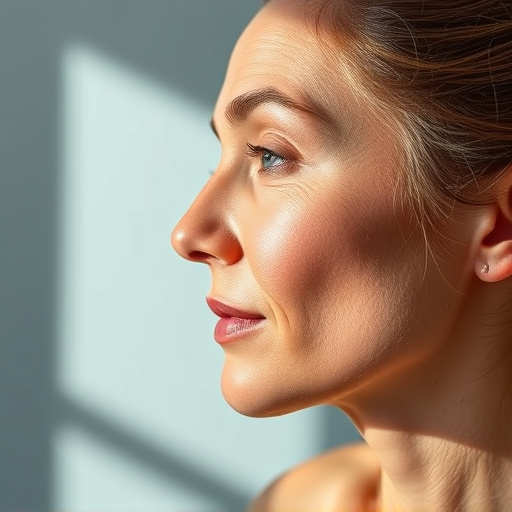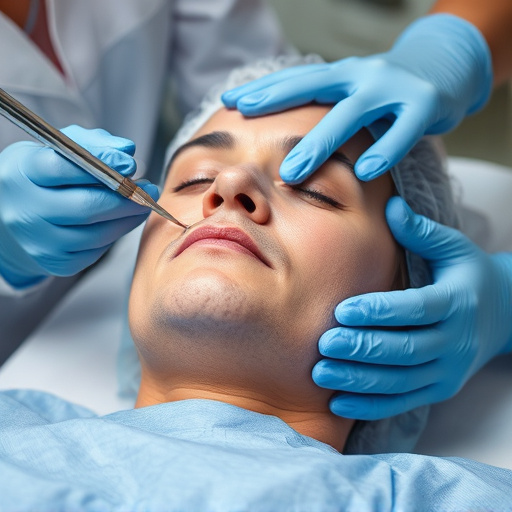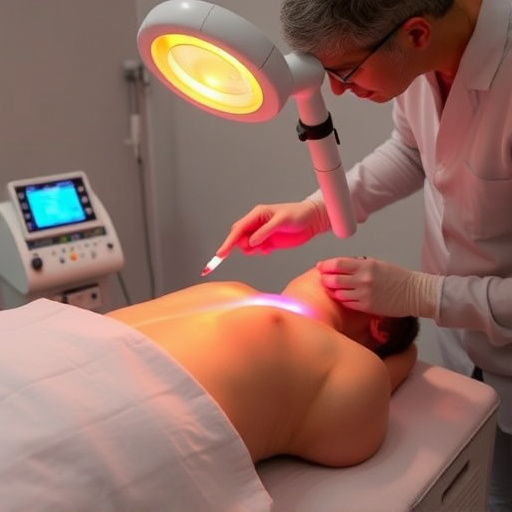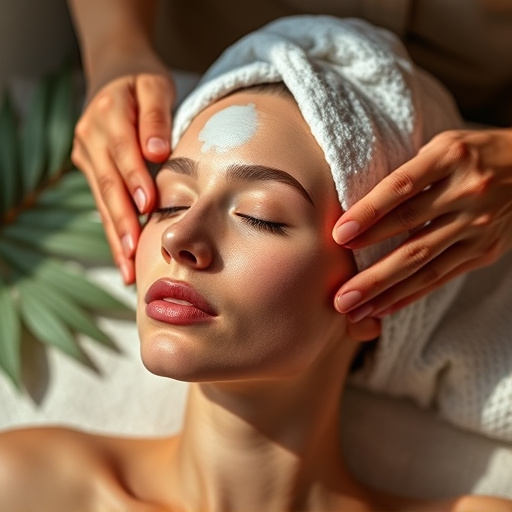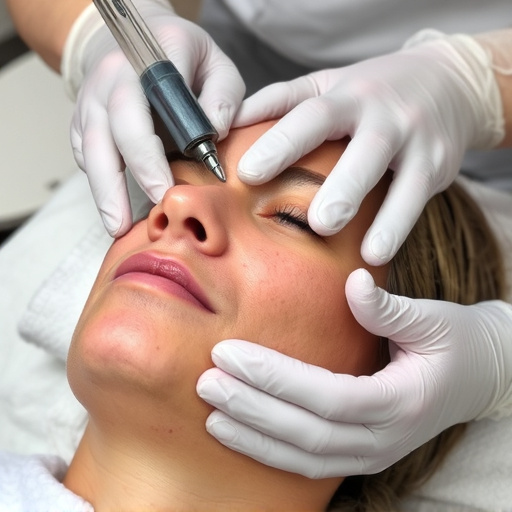Cystic acne, a common pubertal condition requiring early dermatological intervention, is characterized by painful pus-filled lumps beneath the skin. Treatment options range from topical medications (retinoids, benzoyl peroxide, salicylic acid) and oral antibiotics to advanced procedures like chemical peels, laser therapy, and microneedling. Non-medical approaches include daily cleansing, exfoliation with products containing salicylic acid or benzoyl peroxide, and good skin hygiene practices for effective cystic acne management and prevention. Consistent, gentle care promotes long-term skin health for those seeking cystic acne treatment.
Cystic acne, a severe form affecting teens, can be disheartening. This condition, characterized by deep, painful blemishes, requires understanding and targeted treatment. In this article, we explore effective cystic acne treatment options tailored for teen skin. From understanding the causes and diagnosis to delving into medical treatments like topical medications and procedures, plus non-medical approaches for management and prevention, discover a comprehensive guide to reclaiming clear, healthy skin.
- Understanding Cystic Acne in Teens: Causes and Diagnosis
- Medical Treatments for Severe Acne: Topical Medications and Procedures
- Non-Medical Approaches to Managing and Preventing Cystic Acne Breakouts
Understanding Cystic Acne in Teens: Causes and Diagnosis

Cystic acne is a severe form of acne that affects teens, characterized by large, painful lumps beneath the skin’s surface. Unlike regular acne spots, cysts are filled with pus and can cause scarring. Understanding its causes is crucial for effective treatment. This type of acne often runs in families, suggesting a genetic predisposition. Hormonal changes during puberty play a significant role, triggering oil production and blocking pores, leading to inflammation.
Diagnosis involves a dermatologist examining the skin and sometimes performing additional tests to rule out other conditions. They may use a magnifying glass or specialized tools to identify cysts. Early intervention is key to preventing scarring, with various treatment options available. These include topical medications, oral antibiotics, isotretinoin (a retinoid), and non-surgical treatments like microneedling therapy and skin tightening techniques.
Medical Treatments for Severe Acne: Topical Medications and Procedures
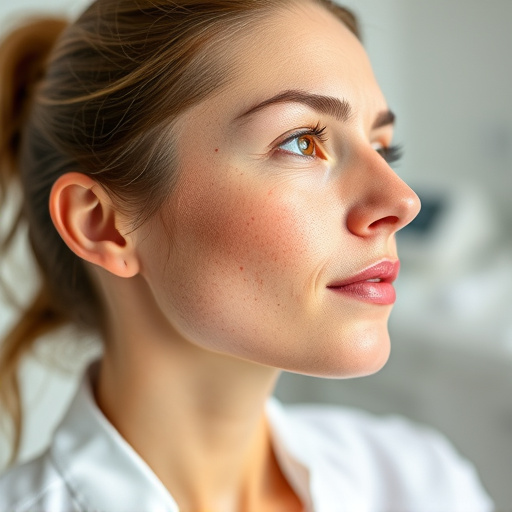
For severe cystic acne that doesn’t respond to over-the-counter measures, medical treatments offer a more aggressive approach. Topical medications like retinoids (derivatives of vitamin A), benzoyl peroxide, and salicylic acid help unclog pores and reduce inflammation. These can be used alone or in combination to target different aspects of acne.
Procedural options include chemical peels, which use chemicals to exfoliate the skin and reduce acne scars, and dermabrasion, a mechanical exfoliation process that removes the top layer of damaged skin. More advanced techniques like laser therapy and microdermabrasion are also effective in treating cystic acne by breaking down excess oil production and promoting collagen stimulation for improved skin texture and reduced scarring. Anti-aging treatments like hydrating facials can complement these medical procedures, as well, by providing deep hydration to soothe post-procedure skin and enhance overall skin health.
Non-Medical Approaches to Managing and Preventing Cystic Acne Breakouts
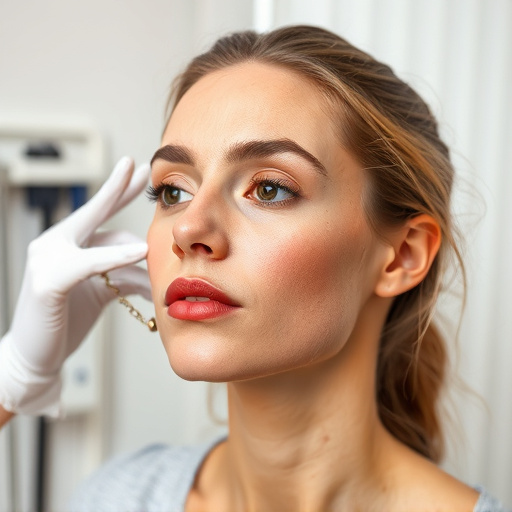
Non-medical approaches to managing and preventing cystic acne breakouts play a crucial role in maintaining healthy, clear skin. Daily facial cleansing with a gentle, non-irritating cleanser is an essential step. This helps remove excess oil, dead skin cells, and impurities that can clog pores, leading to cystic acne. Additionally, regularly exfoliating the skin can help unclog blocked follicles and prevent future breakouts.
Skincare products containing ingredients like salicylic acid or benzoyl peroxide can also be effective in treating existing cysts and preventing new ones from forming. These acne treatments work by peeling away dead skin cells and killing bacteria that cause inflammation. Moreover, maintaining good skin hygiene, such as washing bedding regularly and avoiding touching the face with unclean hands, can help minimize the risk of future cystic acne breakouts. Focus on promoting skin health through consistent, gentle care to see lasting results.
Cystic acne, a common skin concern for teens, can be effectively managed with a combination of medical and non-medical approaches. From topical medications and procedures to lifestyle changes and skincare routines, there are numerous cystic acne treatment options available. By understanding the causes and diagnosis, teens can actively participate in their skin care journey and achieve clearer, healthier skin. Remember, consistency and patience are key when treating cystic acne, as it may take time to find the right combination of treatments that work best for individual skin.

